Traditional early childhood settings can sometimes limit creativity with rigid routines and uniform expectations. At Reggio Emilia childcare centres, we believe that creativity is not just an activity — it’s a vital part of a child’s development. Through open-ended materials, flexible classroom layouts, and child-led learning, our environments are intentionally designed to spark imagination, encourage independent thinking, and support original ideas. This approach not only nurtures confidence and curiosity but also lays the foundation for lifelong problem-solving and innovation. In this guide, we’ll explore how Reggio-inspired spaces empower children to think freely — and why seeing this philosophy in action can be a transformative experience for both you and your child.
Is Your Child’s Creativity Truly Thriving?
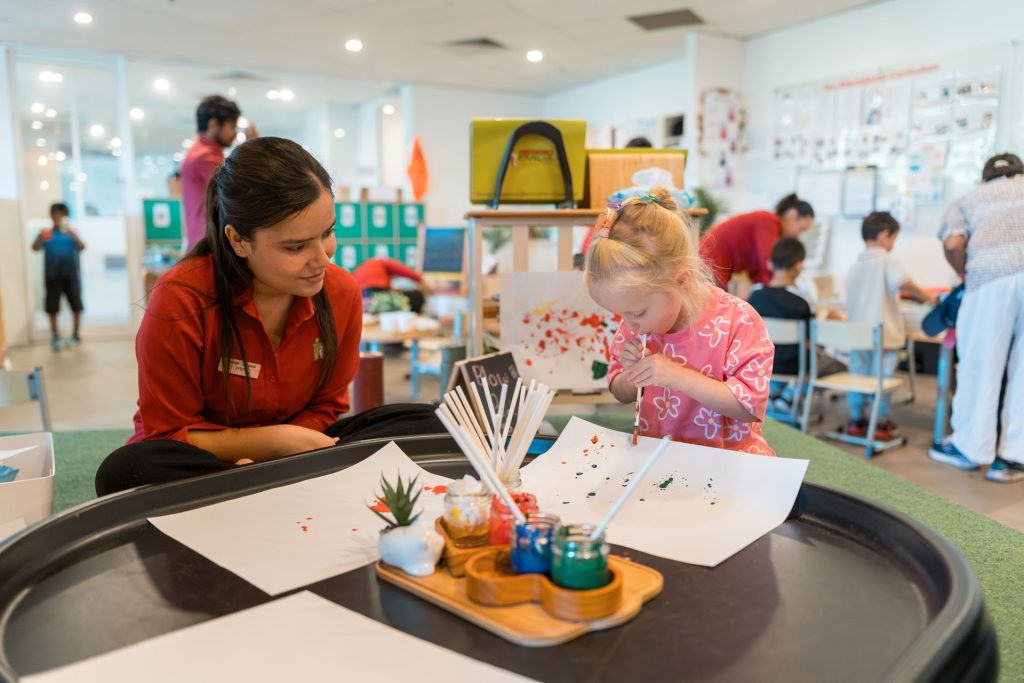
Have you ever watched your child’s spark dim in a rigid classroom setting? Perhaps the focus on rules, routines, and “right answers” feels like it’s closing doors rather than opening them. This experience is far too common, and quietly, it can suppress one of the most precious gifts your child has: their creative spirit.
In traditional early childhood settings, creativity is often a side note, a short craft activity, or an optional “fun” time. But what if creativity wasn’t just an extra? What if it was the very language your child used to understand, express, and shape their world every single day?
At Reggio Emilia Early Learning Centre, creativity is the heart of everything we do. We don’t just allow original thinking—we celebrate and cultivate it. Our classrooms are living, breathing spaces designed to spark wonder, imagination, and deep exploration.
Why Creativity is the Foundation of Childhood
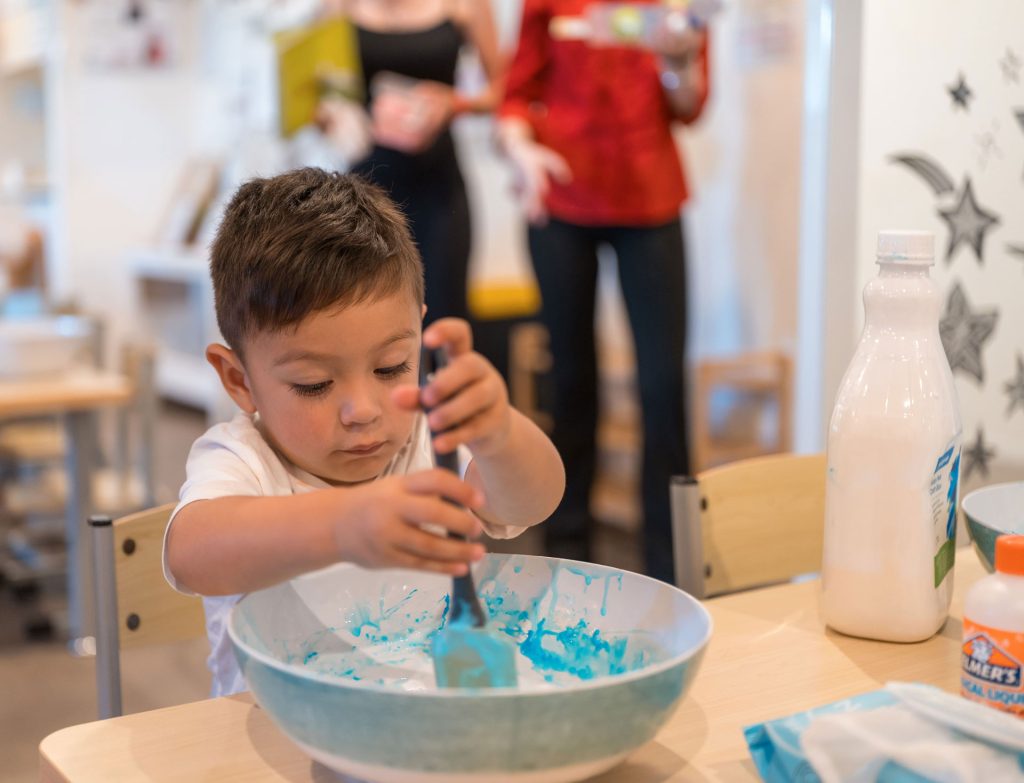
Creativity goes far beyond finger painting or dramatic play. It’s a dynamic process where children imagine new possibilities, solve problems in unique ways, and connect ideas across all parts of their lives.
- Nurturing creativity in early childhood means:
- Building powerful problem-solving skills and flexible thinking
- Growing emotional strength and self-assurance
- Inspiring a lasting love of discovery and learning
Giving children the tools to express themselves and interpret the world in their own unique way
Creativity is a vital life skill—one that, when nurtured early, supports every aspect of your child’s future, from academics to relationships, and beyond.
The Reggio Emilia Approach: Creativity as a Language of Childhood
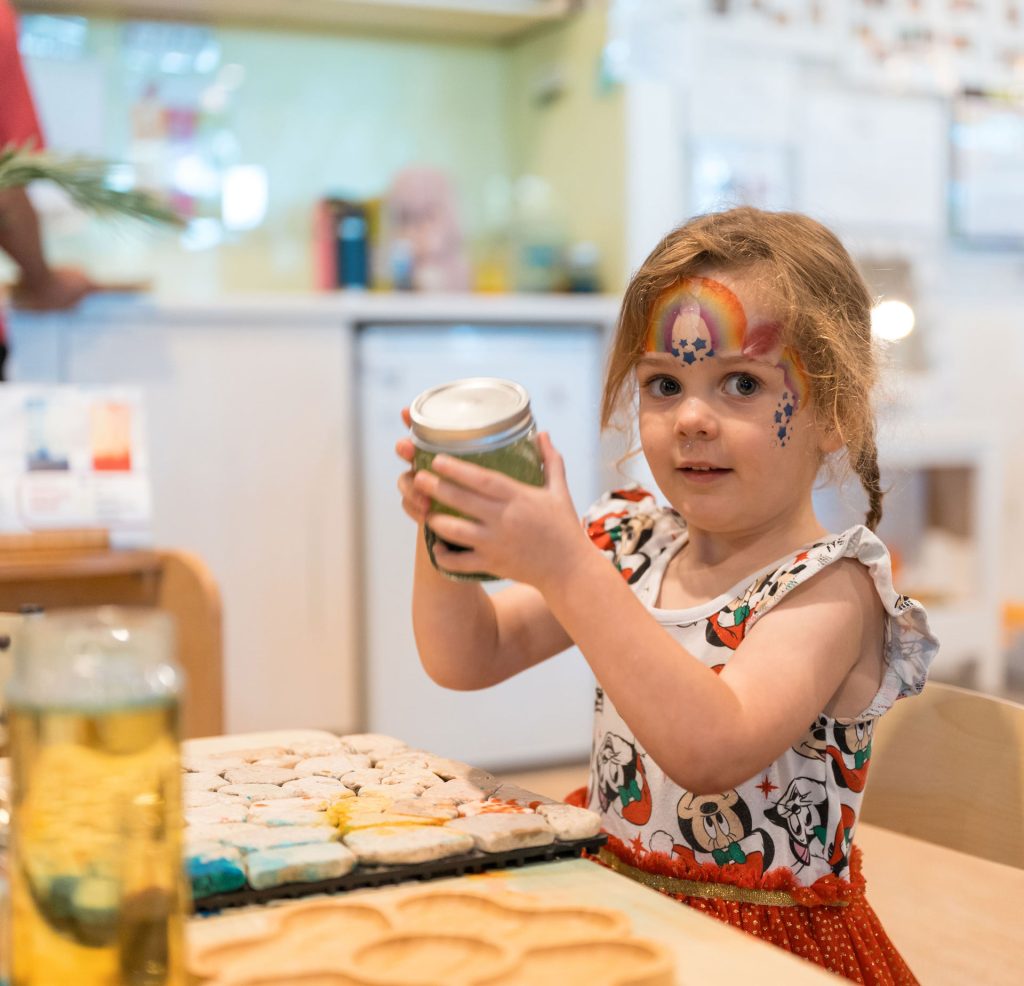
Reggio Emilia sees creativity not as a “subject” but as a fundamental way children communicate—a language as natural as speaking or drawing. They call it the “hundred languages” of children, encompassing art, movement, play, storytelling, and more.
Here’s how Reggio Emilia classrooms actively nurture your child’s creative thinking and original ideas:
The Environment: A Living, Creative Canvas
Our classrooms aren’t just rooms; they’re thoughtfully crafted, creative studios. They invite children to explore, imagine, and experiment freely.
- Natural light floods in, paired with soft, neutral tones to create a calm, welcoming atmosphere.
- Flexible spaces shift and evolve, reflecting what children are curious about today, this week, or this month.
- Thoughtfully placed materials like mirrors, light tables, and natural objects become invitations to play and create in unexpected ways.
This ever-changing environment encourages children to see their space as a blank canvas, full of endless possibilities.
Materials That Inspire Wonder and Innovation
In Reggio classrooms, toys with fixed uses don’t take centre stage. Instead, children engage with “loose parts”—simple, everyday items that spark creativity and multiple meanings.
- Pebbles, pinecones, leaves, and shells
- Fabrics, buttons, threads, and recycled materials
- Clay, charcoal, paint, and other open-ended art supplies
These materials ask questions rather than give answers:
- What stories can this tell?
- How can I transform this?
- What new ideas will this inspire?
Through these open invitations, children become inventors and storytellers, learning to think outside the box.
Long-Term Projects That Grow With Their Ideas
Creativity isn’t rushed or boxed in. Instead of moving from topic to topic, children dive deeply into projects that reflect their interests and questions.
For example, a simple discovery of snails in the garden can turn into a weeks-long investigation:
- How do snails move?
- What patterns do they leave behind?
- How can we create art inspired by their trails?
These explorations help children develop:
- Keen observation skills
- Critical thinking and hypothesis forming
- Connections across science, art, language, and more
- A deep sense of ownership and excitement for learning
Collaboration: Creativity Thrives Together
Original ideas are sparked and enriched through sharing and dialogue. In Reggio classrooms, collaboration is not just encouraged—it’s essential.
Children learn to:
- Listen deeply to each other’s thoughts
- Build on one another’s questions and creations
- Appreciate diverse perspectives and approaches
This collective creativity fosters empathy, confidence, and the ability to work as a team—skills that shape both creative minds and compassionate hearts.
Educators as Co-Researchers and Creative Partners
Our teachers are not just instructors—they are curious co-explorers alongside the children.
They ask open-ended questions that spark deeper thinking:
- “What do you notice here?”
- “Why do you think that happened?”
- “What else could we try?”
By carefully observing and documenting each child’s creative journey, educators honour the child’s voice and ideas, making every discovery a celebration.
Making Thinking Visible: Creativity on Display
Walls in Reggio classrooms are alive with stories. Photos, drawings, and children’s words document the unfolding creative process:
- What questions captured their attention?
- How did their ideas grow and change?
- What new paths did their curiosity take?
This documentation helps children reflect, appreciate their own creativity, and share their learning with families, bridging home and school in a meaningful way.
What This Means for Your Child’s Future
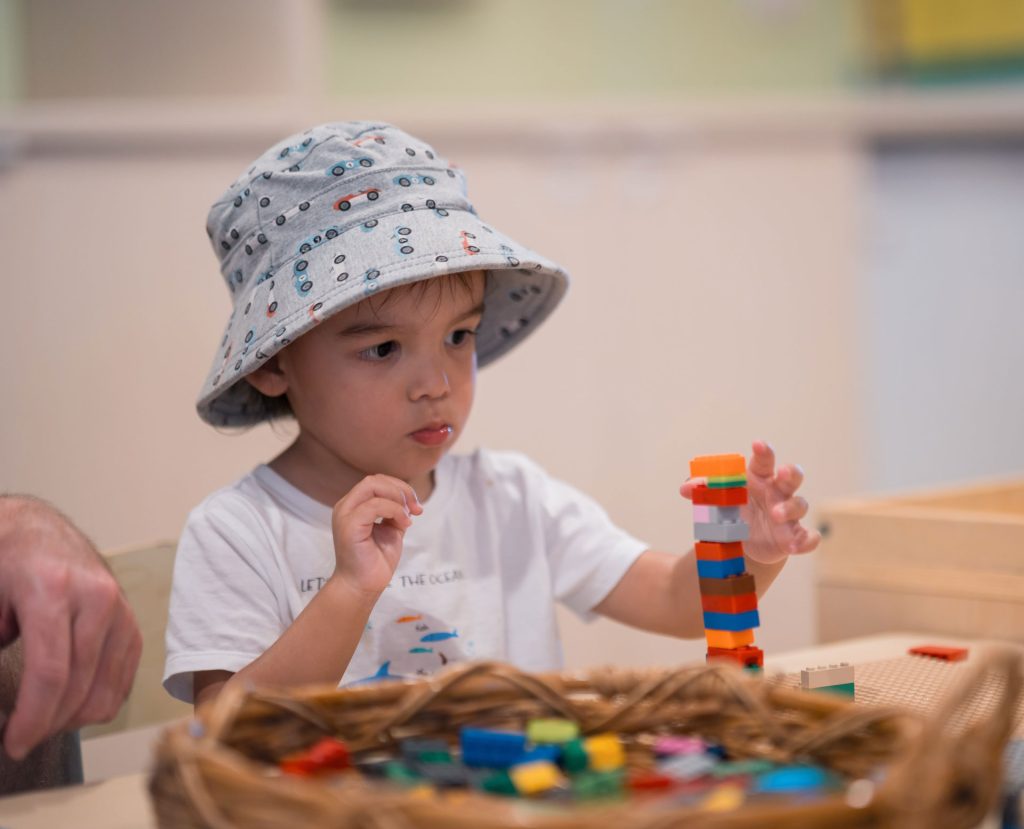
When creativity is nurtured from the very start, children don’t just memorise facts—they become confident thinkers, fearless problem solvers, and imaginative creators. They develop:
- Emotional resilience and self-belief
- Innovative thinking skills
- A joyful, lifelong curiosity
- The confidence to share their unique ideas with the world
Come Experience Creativity in Action
If you’ve ever dreamed of a learning environment where your child’s imagination soars, their ideas are treasured, and their creativity is sparked daily, come see for yourself.
Book a visit to Reggio Emilia Early Learning Centre today. Watch as your child’s original thinking flourishes in a space built for wonder and discovery.
Give your child the priceless gift of a creative childhood—where learning doesn’t just happen, it comes alive.

 Tour
Tour CCS
CCS  CALL
CALL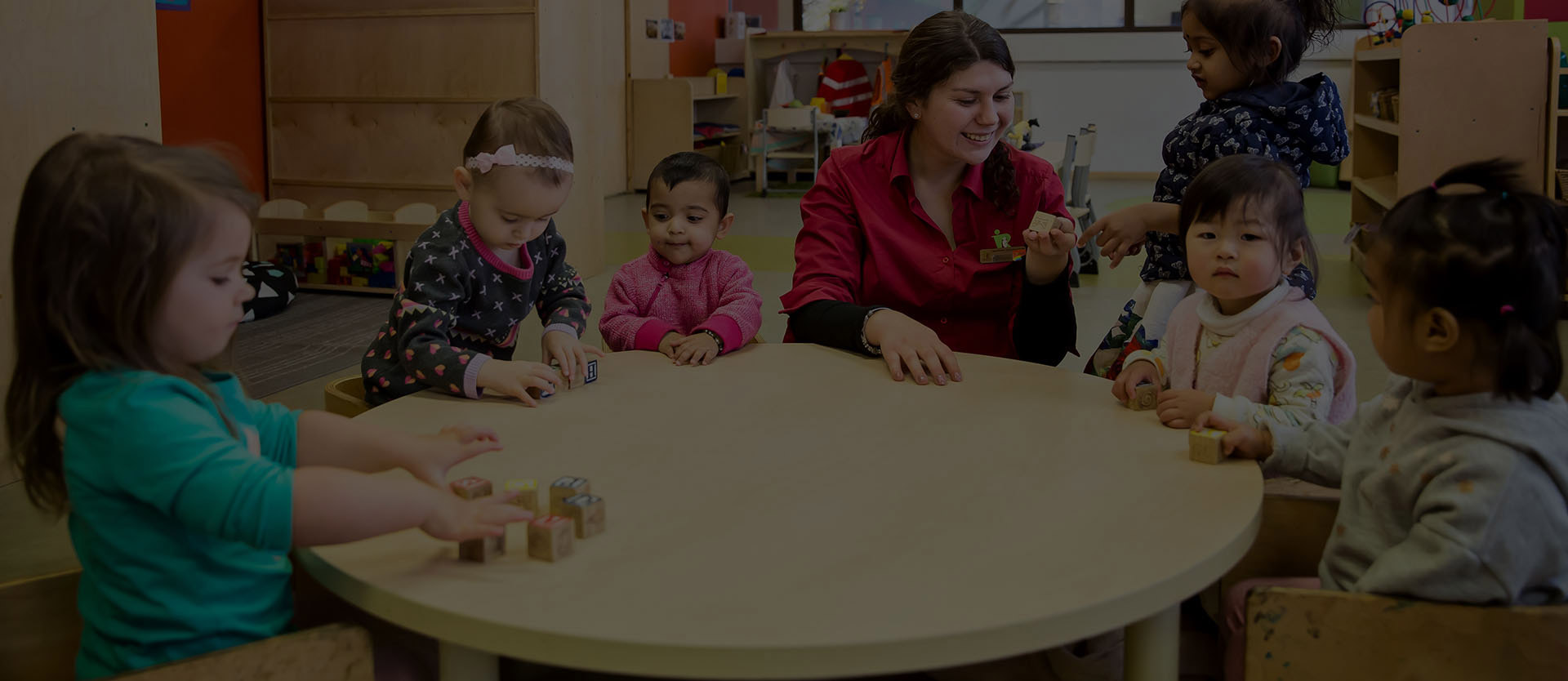
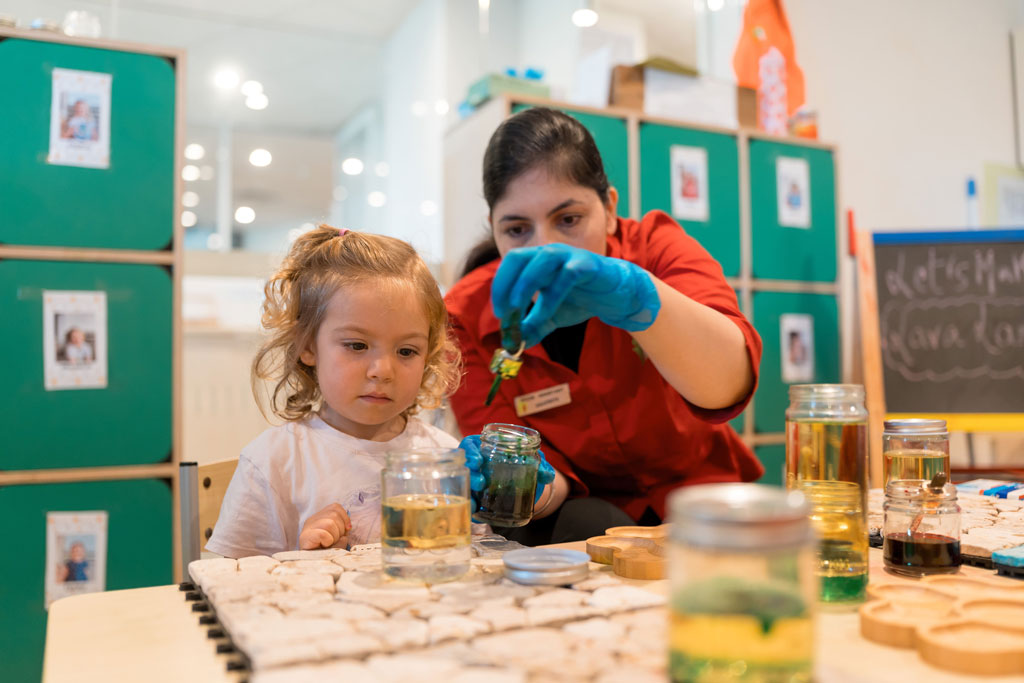




 mail@reggioemilia.com.au
mail@reggioemilia.com.au 